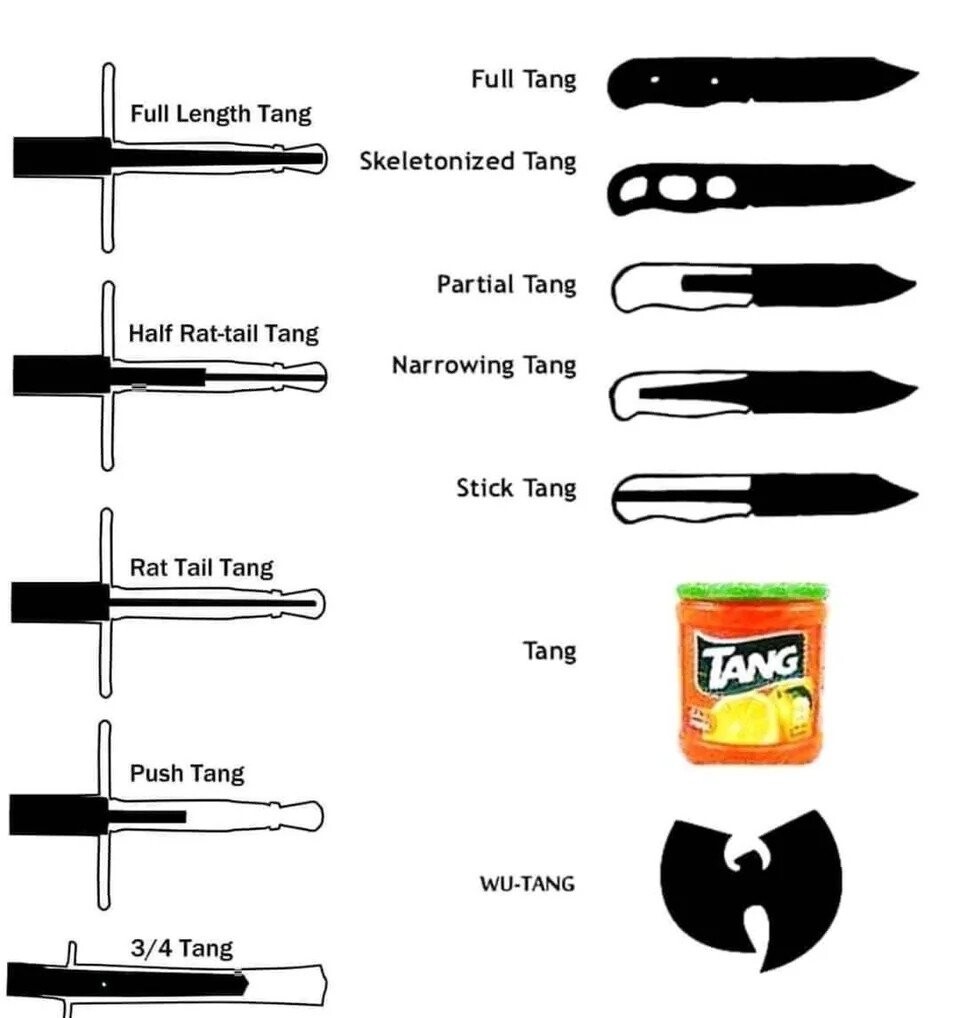Because production kitchen knives need to be stainless. Only traditional Japanese knives aren't and the only folks who actually use that outdated shit these days are hipsters. Because lets be real if you're gonna put up with some rusty high maintenance knife, it better bring something else to the table like incredible toughness and edge retention, but nah with outdated traditional Japanese stuff you get high maintenance and pretty low performance (we're talking about steel, right?), they're rusty, and brittle and have no edge retention, yet clearly so many people are convinced these over priced outdated stagnant hipster knives have magical properties. On the bright side, they generally have enough toughness for their intended purpose and the steel is quite hard, while being very very easy for even the most untalented end user to get very very sharp very very quickly. The good ones have excellent cutting geometry and are generally well balanced, with ergonomics melt into an extension of your body.
To answer your question tho, stainlessness is very important in production kitchen knives, but right up there with that is user serviceability which means sharpenability which means easily able to sharpened by end users with normal equipment, which means whetstones which means aluminum oxide, which means you can forget any vanadium dominant tool steels or their stainless equivalents/versions.
There are some tool steels that seem like they could be interesting choices for (CUSTOM) kitchen knives, but manufacturers generally know what they're doing, certainly more than end users do, and they use what they use for a reason... some of that is the burden of tradition, but much of it is modern and very intentional choices. High end production kitchen knives from Europe are still using 4116 steel, and that's fine. On the Japanese side they're using SG2 across the board, and as someone that has tested basically everything that exists that's about as "good" of a steel as you'd ever need in a kitchen knife. It's just as hard as all but the best carbon steels but it will stay sharp in use considerably longer but at the same time it doesn't have so much abrasion resistance that it can't easily be touched up on normal stones, it's properly stainless, and it's actually quite tough despite the hardness, more than tough enough for a kitchen knife. Anything past this point and you're hitting diminishing returns in terms of any potential "performance boost" you might get vs other compromises including price. This is what the whole industry is tooled up to use and I don't expect that to change any time soon. Much more important is everything else about the knife, ergonomics, cutting geometry, blade profile, fit and finish, quality control. Rather than choosing from say the 3 overpriced and terribly designed kitchen knives that actuallyexist on any level (though it would be hard to call them "production ") in some exotic steel like magancut or whatever, you've got literally hundreds of different knives to choose from made from this steel, by dozens of companies.





